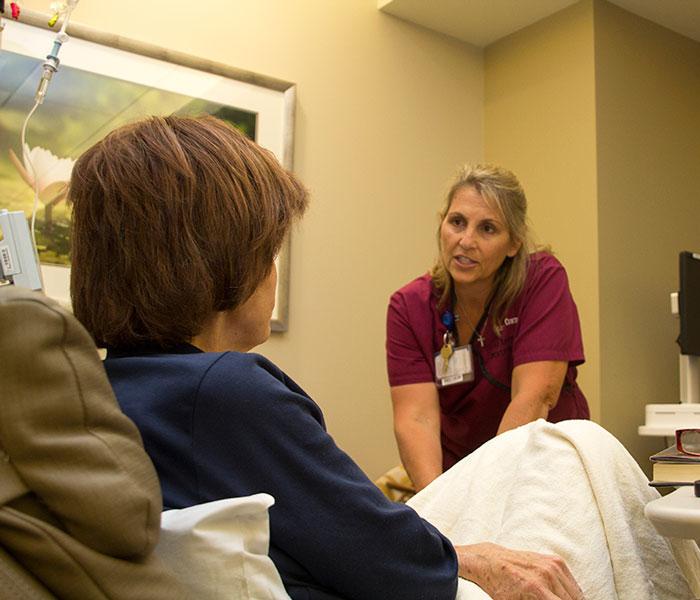We currently have a huge focus on patient safety. It's not just in the news and literature. It pervades the clinical environment. I'm spending my days between two major teaching hospitals and an outpatient cancer institute, all in Boston, MA. Some of the safety concerns I have encountered just in the past week include
- Massachusetts s:tate legislation regarding accreditation of hospitals as tiered stroke centers, ensuring patients have knowledge and access to the best stroke care at a time when "Time=Brain."
- The importance of accurate and thorough discharge summaries to set patients up for successful health outcomes once they leave the hospital. This is particularly important of our oncology patients, who may be receiving the majority of their care and treatment as an outpatient, but who had a medical issue that required acute care in the hospital setting.
- Ensuring a patient's code status is clearly identifiable, while still protecting his or her privacy. This is always a hot topic on our inpatient oncology unit, where codes are not as uncommon as one would hope.
These are organizational factors that contribute to patient safety. Another major initiative that addresses patient safety is the Choosing Wisely campaign, where major medical organizations offer their top 10 recommendations to reduce unnecessary medical tests, treatments, and procedures. These are interventions that would not improve patient outcomes. The Society of Gynecologic Oncology, American Society of Clinical Oncology, and American Society for Radiation Oncology have all contributed.
As an oncology nurse, I am all too aware of tests, treatments, and procedures that offer little benefit, and even harm, to patients. When I graduate this May as a nurse practitioner, I hope to always weight the benefits against the risks for each patient I care for. I recently had the opportunity to present to a very active assisted living home on current cancer screening, basic prevention strategies, and basic health maintenance recommendations. I admit, I was slightly intimidated teaching a group of older adults that if their life expectancy is less than five years, many cancer screenings are not recommended. But what I didn't expect was their concerns and questions about choosing not to screen. For example, there are recommendations against screening older adults for carotid artery stenosis. A woman in the audience raised her had and asked simply, "Why wouldn't you want to know that?" I likely stuttered out my answer because I was caught off guard, but it seemed obvious to me. If the test won't change management of the disease, then it may pose risks without benefits.
Again, it is all about patient safety. Every test or intervention has risks. I wonder if we need to refine our ability to educate patients on risks of medical testing and procedures more effectively to drive home the focus on safety. I know personally that the next time a patient or colleague asks me about a test, procedure, or treatment that I don't believe is beneficial, I will have a strong answer.






